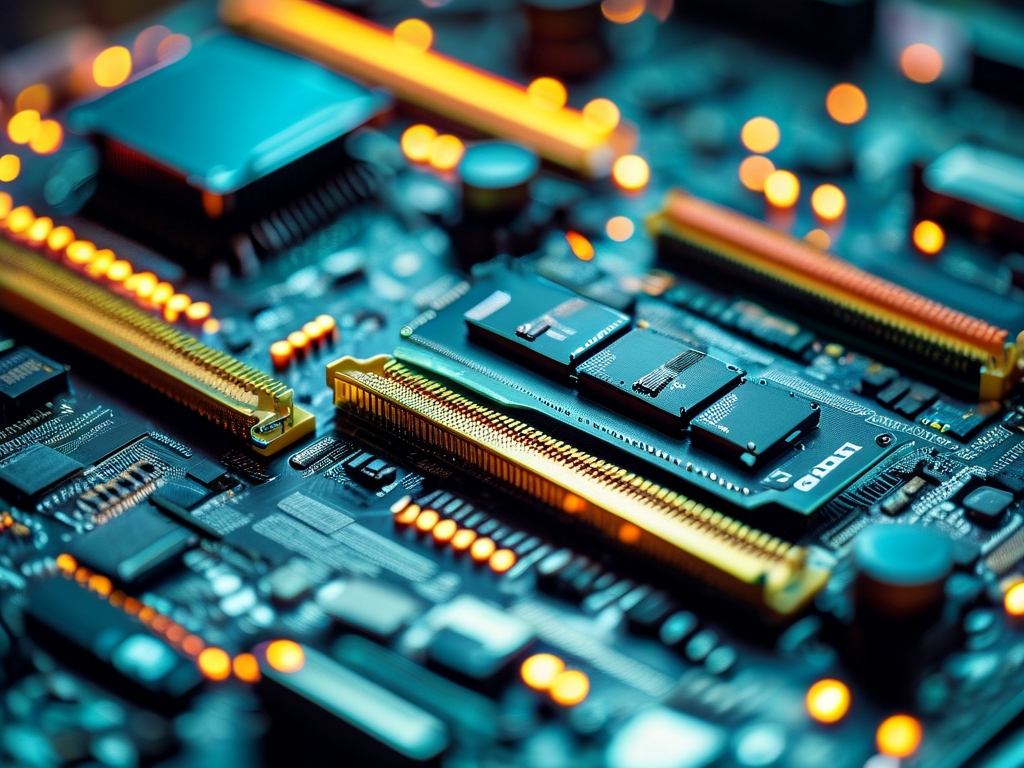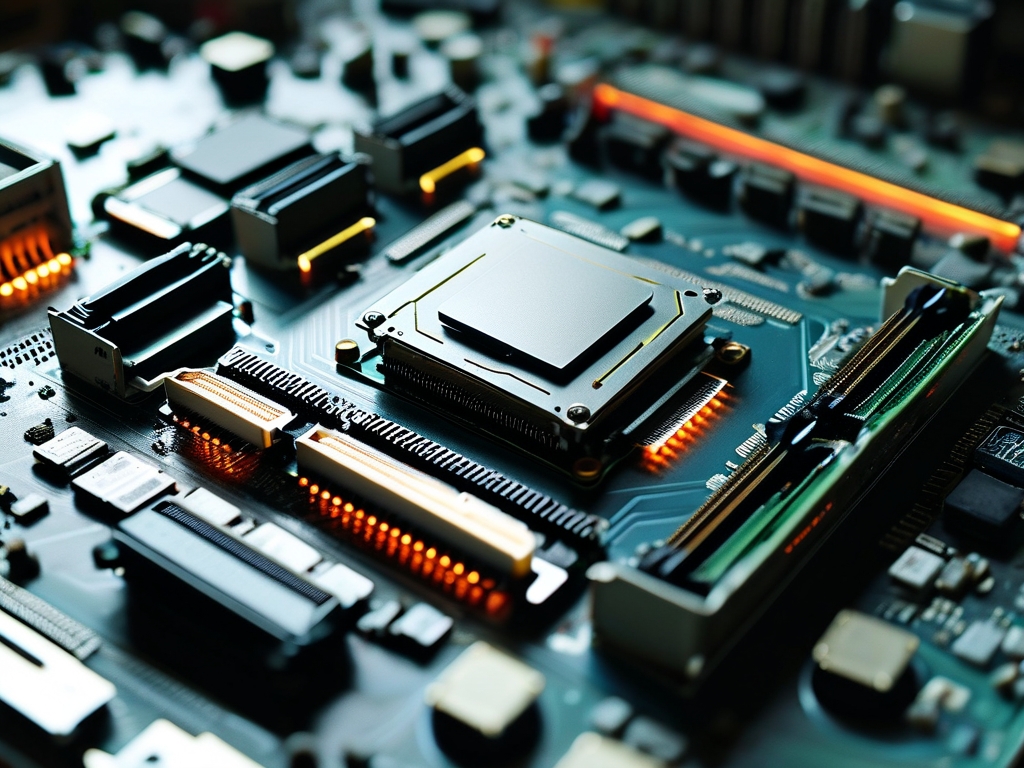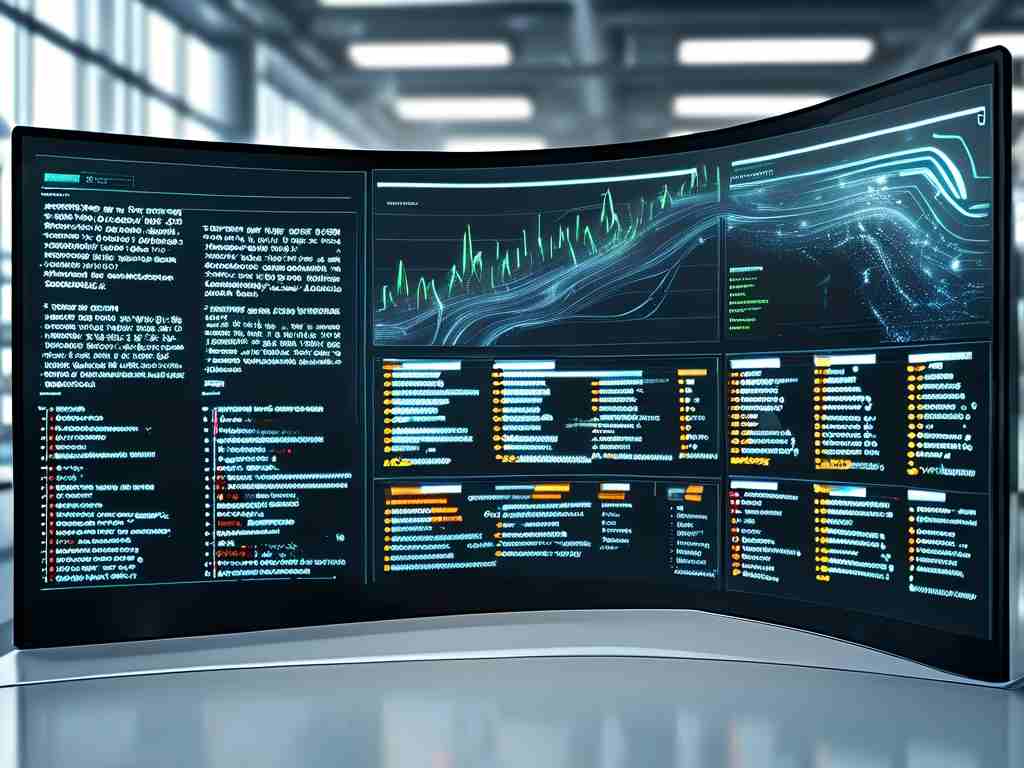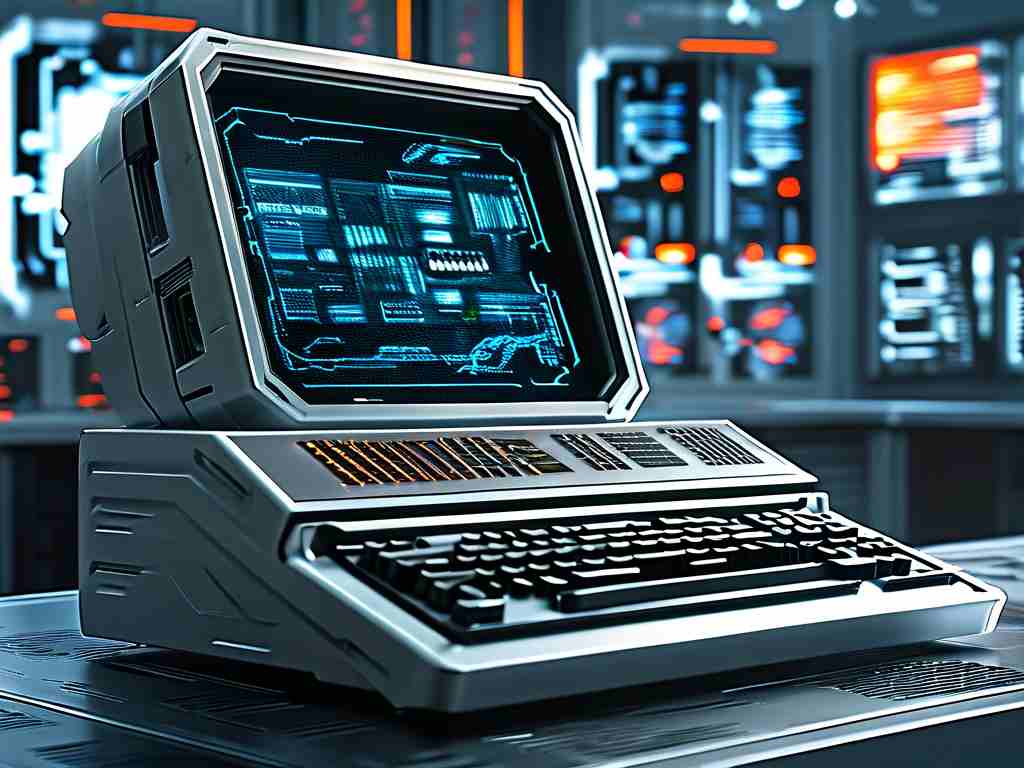In recent years, the development of domestic computer motherboards has gained significant momentum, driven by advancements in China's semiconductor and electronics industries. One critical aspect that users and manufacturers alike focus on is the memory capacity of these motherboards. This article delves into the current state of memory support in domestically produced computer motherboards, compares them with international counterparts, and explores future trends in this evolving sector.
Current Memory Specifications of Domestic Motherboards
Domestic computer motherboards, such as those produced by Huawei, Loongson, and Phytium, typically support DDR4 memory modules, with some high-end models now adopting DDR5 technology. The standard memory capacity for consumer-grade motherboards ranges from 64GB to 128GB, depending on the number of DIMM slots and chipset capabilities. For instance, the Loongson 3A5000-based motherboards support up to 128GB of DDR4-3200 memory across four slots, catering to both office and mid-range computing needs.
In the server and workstation segments, domestic motherboards like those from Hygon and Zhaoxin push boundaries further, offering support for up to 256GB or even 512GB of memory. These systems often leverage multi-channel configurations and ECC (Error-Correcting Code) memory to ensure stability for data-intensive tasks such as cloud computing and AI model training.
Technological Challenges and Innovations
Despite progress, domestic motherboards face challenges in memory compatibility and bandwidth optimization. Unlike globally dominant brands like Intel and AMD, Chinese chipset designers are still refining memory controllers to maximize efficiency. For example, early iterations of Loongson processors struggled with memory latency issues, but recent updates have narrowed this gap by 15–20%.
Innovations are also underway. Companies like Huawei have integrated AI-driven memory allocation technologies into their Kunpeng-series server motherboards. These systems dynamically adjust memory resources based on workload demands, improving performance in virtualization and big data scenarios. Additionally, partnerships with domestic memory manufacturers like Yangtze Memory Technologies (YMTC) ensure tighter hardware-software integration, enhancing stability.
Comparison with International Standards
When compared to international motherboards, domestic products still lag in maximum memory support. For instance, AMD's Threadripper PRO platforms support up to 2TB of DDR4 memory, far exceeding the 512GB ceiling of most Chinese server motherboards. This gap stems from limitations in domestic CPU architectures and PCB design capabilities. However, the cost-effectiveness of Chinese motherboards is a notable advantage. A domestic motherboard with 128GB support often costs 30–40% less than a similarly specced Western counterpart, making it appealing for budget-conscious enterprises.
Future Trends and Market Outlook
The next five years will likely see domestic motherboards embracing DDR5 as the new standard, with prototypes already showcasing speeds of 6400MT/s. Researchers are also exploring non-volatile memory solutions, such as integrating Optane-like storage-class memory (SCM) to blur the lines between RAM and storage. Government initiatives like the "Made in China 2025" plan further accelerate R&D investments, aiming to achieve parity with global leaders by 2030.
Moreover, the rise of open-source hardware ecosystems, such as RISC-V-based designs, could democratize motherboard innovation. Startups like StarFive are developing RISC-V motherboards with customizable memory configurations, enabling niche applications in IoT and edge computing.

Domestic computer motherboards have made remarkable strides in memory capacity, though challenges remain in high-end applications. With continued investment in R&D and strategic collaborations, China is poised to redefine its role in the global motherboard market. For consumers and enterprises, these advancements promise more affordable yet capable solutions, fostering a competitive and diverse technological landscape.






